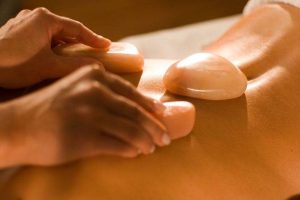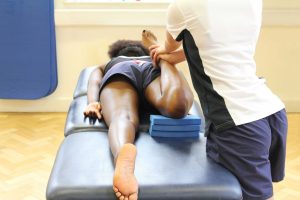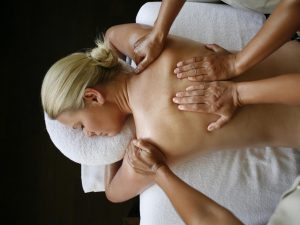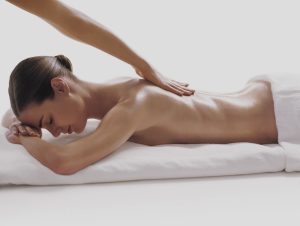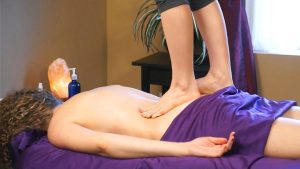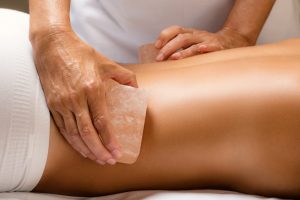Massage is one of the most popular techniques for body recovery and relaxation. There are numerous different techniques, each with its own characteristics and benefits. In this article, we will explore two effective methods: trigger point massage and deep tissue massage, and determine which one is better suited for different situations.
What is Trigger Point Massage used for?
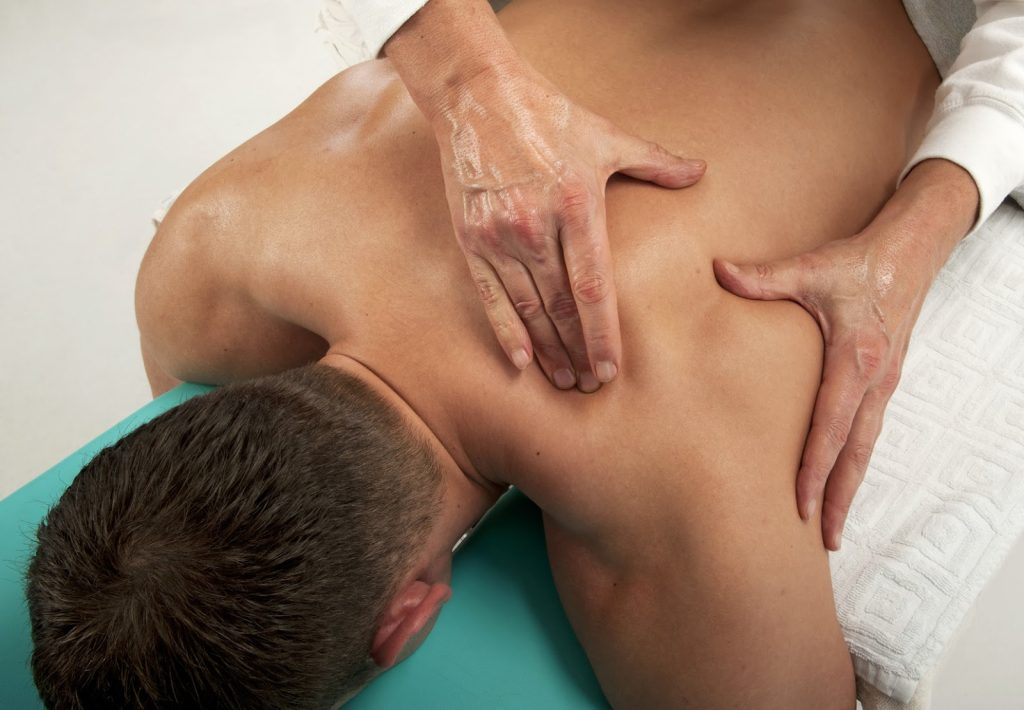

This technique is based on locating and massaging specific points in the muscles that can cause pain and discomfort. The goal of this practice is to eliminate muscle spasms and tension, improve blood circulation, and alleviate pain. It is most effective in treating various conditions, including muscle pain, headaches, fibromyalgia, arthritis, and others.
What are the benefits of Trigger Point Massage?
- Pain reduction: It helps alleviate muscle pain by relaxing the surrounding muscles.
- Relief of muscle tension.
- Prevention and treatment of injuries: Regular practice can help prevent muscle injuries and promote faster recovery in case of damage, which is particularly important for individuals leading an active lifestyle.
Who should avoid Trigger Point Massage?
Although this massage technique is highly beneficial for many, there are a few cases where it should be avoided. Specialists do not recommend it in the presence of active inflammatory processes, hematomas, thrombophlebitis, infectious skin diseases, or bone or joint injuries. It should also be approached with caution during pregnancy.
What is Deep Tissue Massage used for?
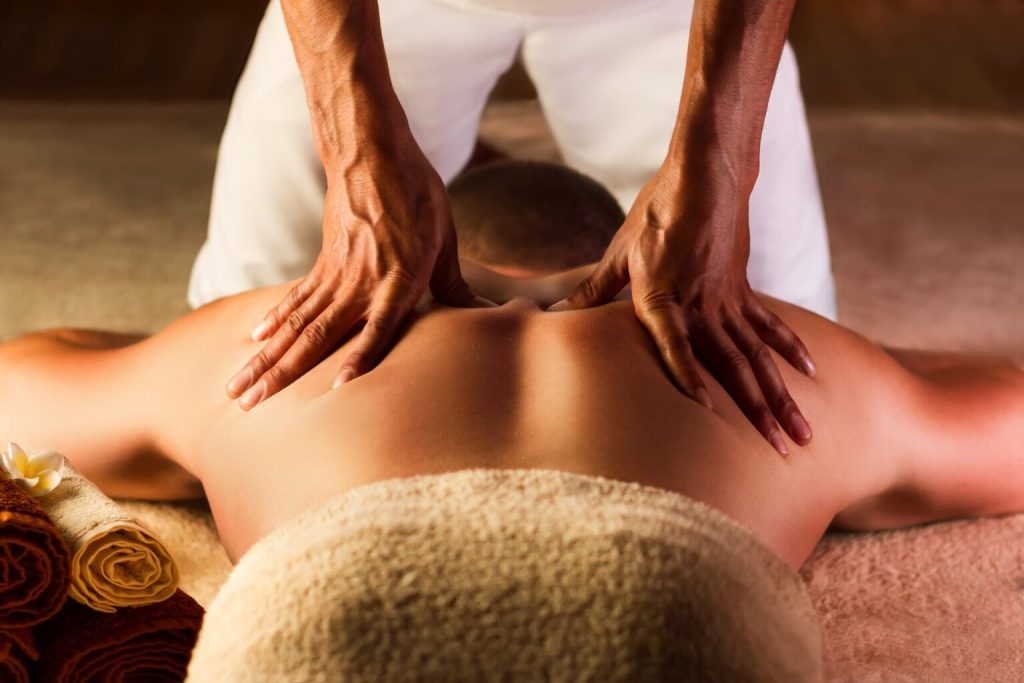

This technique targets the deeper layers of muscles and connective tissue. It is often used to relax muscles, relieve tension, and improve the overall condition of tissues. Typically, it helps enhance blood circulation and metabolism in the tissues.
What are the benefits of Deep Tissue Massage?
- Relief of tension in various areas of the body, including the neck, shoulders, back, and legs, as well as the release of spasms associated with muscle injuries or sports trauma.
- Improved circulation: It leads to increased oxygen and nutrient delivery to the tissues and organs, which is essential for tissue recovery and overall well-being.
- Improved mobility and flexibility: It is beneficial for athletes and individuals with limited mobility.
- Scar tissue healing and improved flexibility and functionality of tissues after injury or surgery.
- Mood enhancement and stress reduction: It stimulates the release of endorphins, the natural “feel-good hormones.”
Who should avoid Deep Tissue Massage?
This massage technique may be contraindicated or require special caution in cases of recent injuries such as bone fractures, severe sprains, or torn muscles. In such cases, it is necessary to seek medical attention and wait for the healing of traumatic injuries. Additionally, limitations apply to areas where surgical operations have been performed or during the rehabilitation period, as well as in the case of oncological diseases.
Which type of massage should you choose?
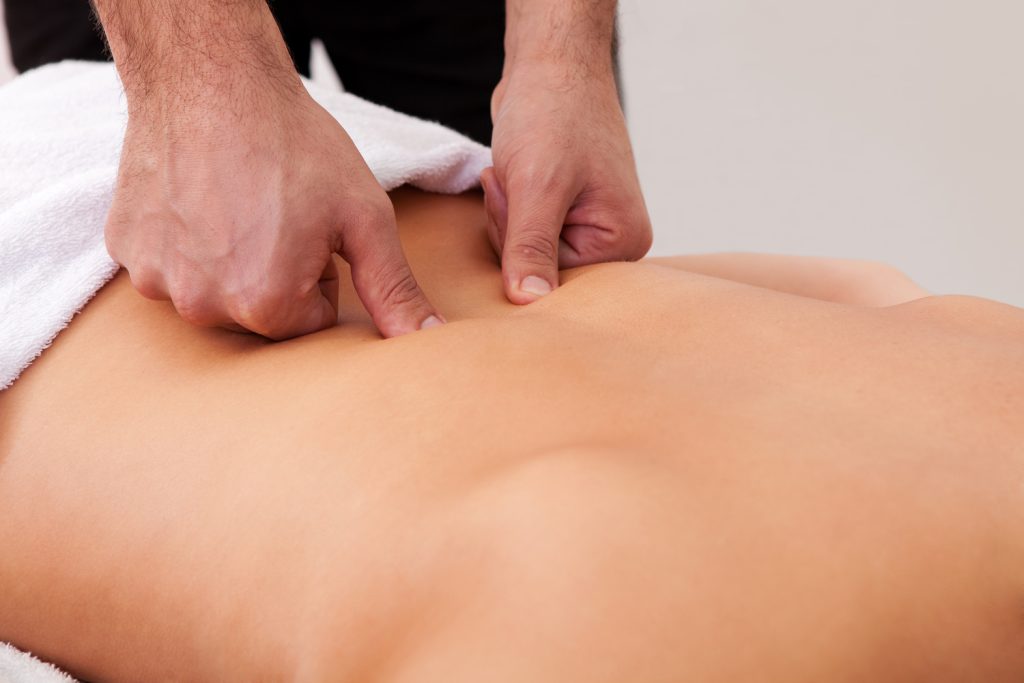

The choice entirely depends on your specific needs and preferences. Both types of massage can be beneficial, but they have some differences.
Trigger point massage focuses on locating and stimulating specific points in the muscles that can be the source of pain or discomfort. This type of massage is usually performed using pressure, pressing, or gentle striking on the trigger points.
Deep tissue massage targets the deeper layers of muscles and connective tissue. This type of massage typically involves more intense pressure and techniques such as kneading, friction, and stretching of the tissues.
If you have specific areas where you feel tension, pain, or restricted movement, trigger point massage may be useful for addressing these issues. If you prefer a more comprehensive approach and want to work on the whole body or deeper muscle layers, deep tissue massage may be a more suitable choice.
Questions and Answers:
What is massage?
Massage is a therapeutic technique involving the manipulation of soft tissues in the body to enhance well-being, promote relaxation, and provide pain relief. It involves applying pressure, tension, or vibration to different parts of the body using various massage techniques.
What is trigger point massage?
Trigger point massage focuses on identifying and targeting specific areas of muscle tension and pain known as trigger points. These are hyperirritable knots within the muscle fibers that can cause pain or refer pain to other parts of the body. Trigger-point massage therapy aims to alleviate pain and release tension in these areas.
What is deep tissue massage?
Deep tissue massage is a massage technique that applies firm pressure and slow strokes to reach the deeper layers of muscle and connective tissue. It is often used to address chronic muscle tension, knots, and adhesions, providing relief and promoting a better range of motion.
What is trigger point therapy?
Trigger point therapy is a form of massage therapy that focuses on identifying and deactivating trigger points in the muscles. By applying pressure to these specific points, trigger point therapy aims to release muscle tension, reduce pain, and enhance overall muscle function.
What are the different types of massage?
There are various types of massage, including Swedish massage, deep tissue massage, sports massage, hot stone massage, and myofascial release therapy. Each type has its own specific techniques and focuses, catering to different needs and preferences.
What does massage therapy involve?
Massage therapy involves the manipulation of soft tissues through different massage techniques. A massage therapist may use their hands, fingers, forearms, elbows, or specialized tools to apply pressure, knead muscles, and promote relaxation. The specific techniques used will depend on the type of massage and the individual’s needs.
What is a muscle knot?
A muscle knot, also known as a myofascial trigger point, is a tight, sensitive spot within a muscle that may cause discomfort or pain. These knots can be caused by various factors, including muscle overuse, injury, or stress. Massage therapy can help release muscle knots and alleviate associated discomfort.
How can massage help with chronic pain?
Massage therapy can be beneficial for individuals suffering from chronic pain. By targeting areas of tension and tightness, massage can help improve blood flow, reduce muscle tension, release endorphins, and promote relaxation. These effects can help alleviate chronic pain and improve overall well-being.
How often should you receive trigger point massage or deep tissue massage?
The frequency of massage depends on individual needs. It is recommended to discuss this with a massage therapist or healthcare professional to determine the optimal frequency of sessions.
How long does a trigger point massage session typically last?
The duration can vary depending on several factors, including the number and location of trigger points, individual patient needs, and the preferences of the massage therapist. Typically, a session lasts around 30 to 60 minutes.
What not to do after trigger point massage?
After a trigger point massage session, it is recommended to follow a few guidelines to avoid potential negative effects and maximize the benefits of the procedure. It is advised to avoid intense physical exertion as it can interfere with tissue recovery and contribute to pain or injury. Additionally, it is important to refrain from striking, applying excessive pressure, or subjecting the massaged area to other negative stimuli.
What not to do after deep tissue massage?
After a deep tissue massage, it is advisable to avoid overheating or chilling the body, such as prolonged sauna sessions, hot baths, or sun exposure, as it can intensify inflammation or irritation in the massaged area. Furthermore, it is recommended not to immerse oneself in cold water or spend extended periods in freezing temperatures to prevent muscle cramps or tissue damage.

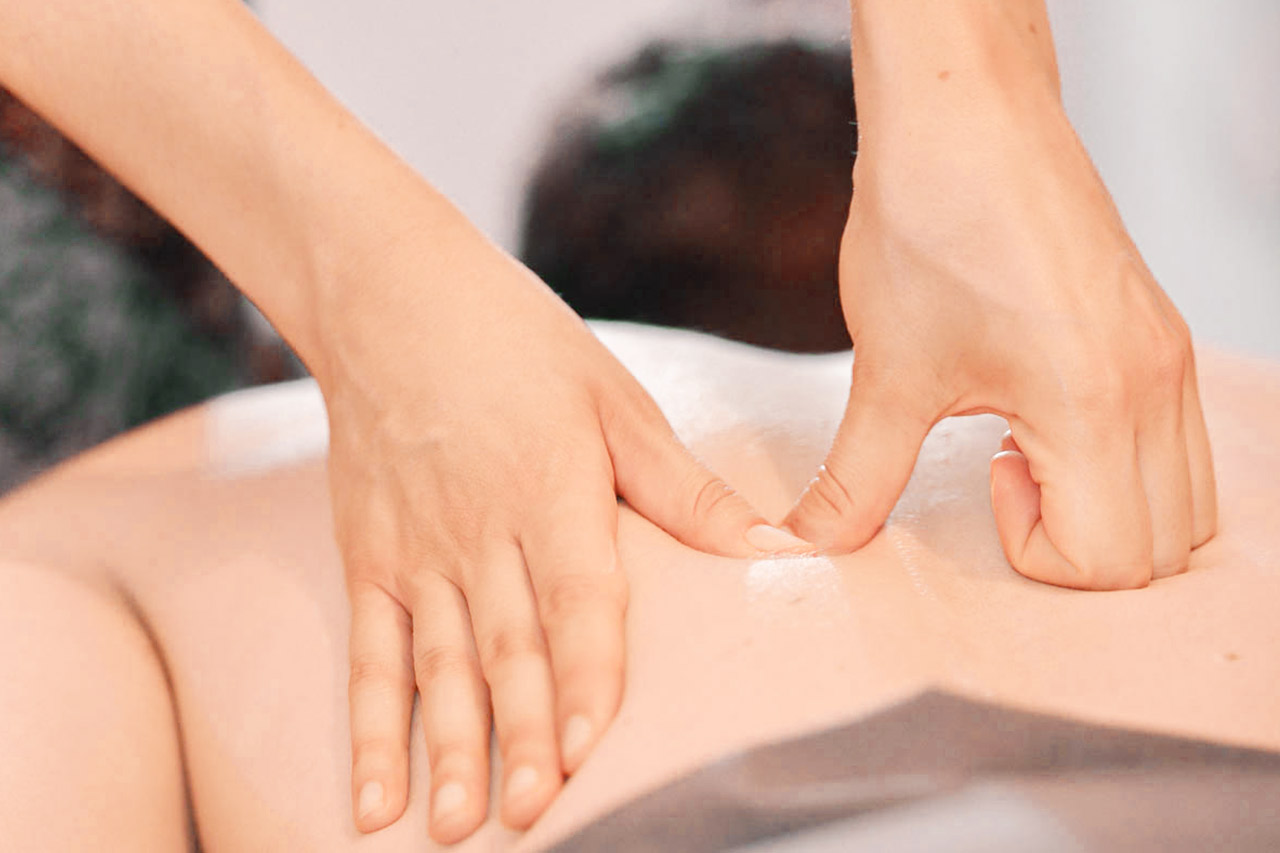










![11 Best Alternatives to Bedpage: Your Ultimate Guide [March 2024]](https://massage.dating/wp-content/uploads/2024/03/Best-Alternatives-to-Bedpage-300x200.jpg)







